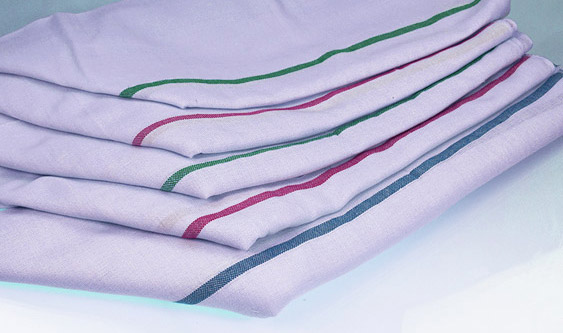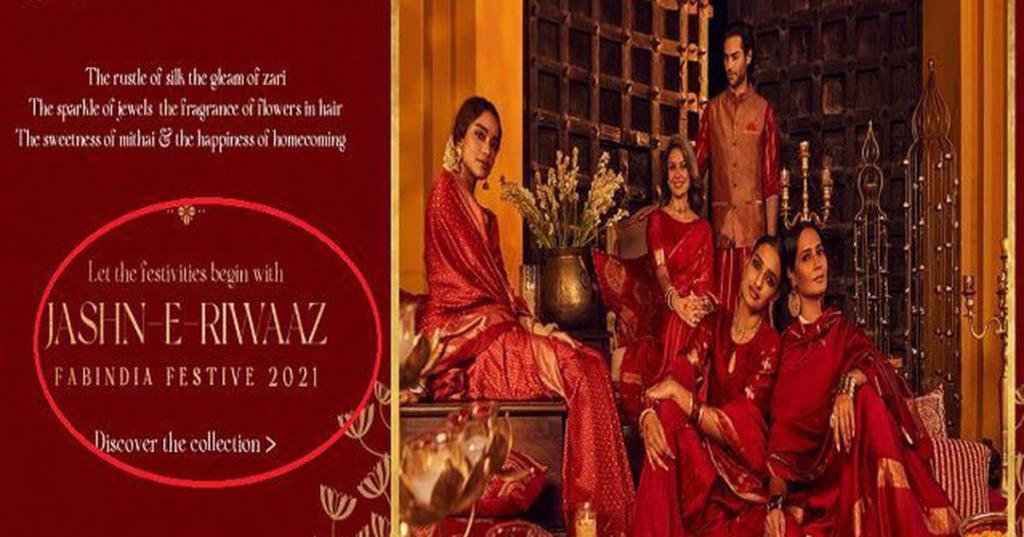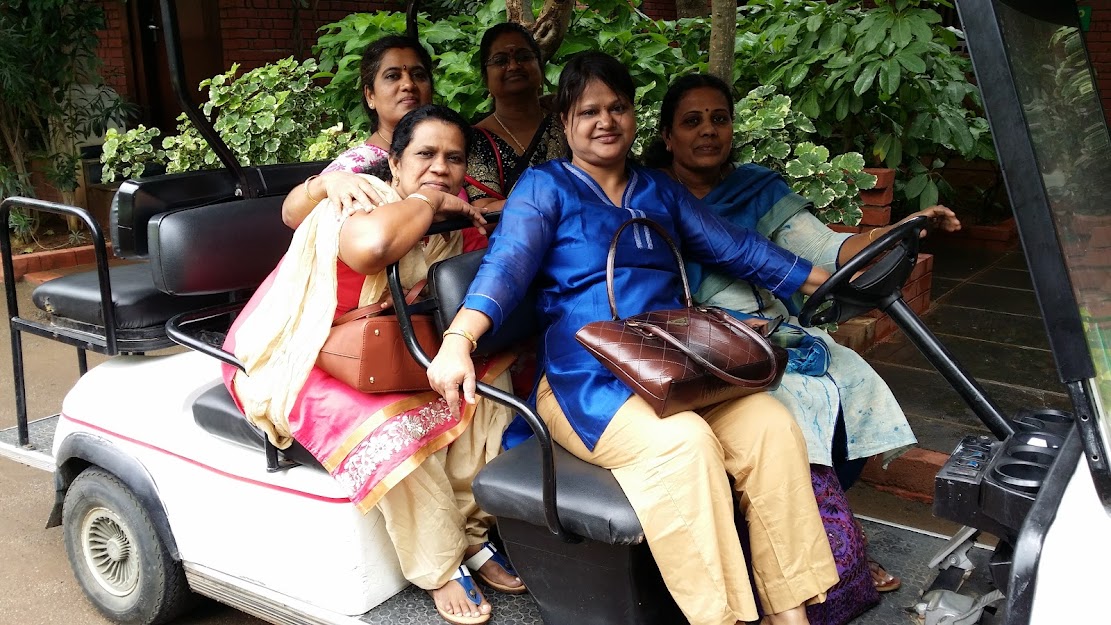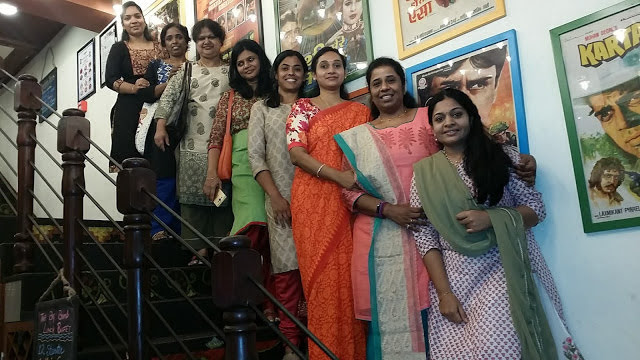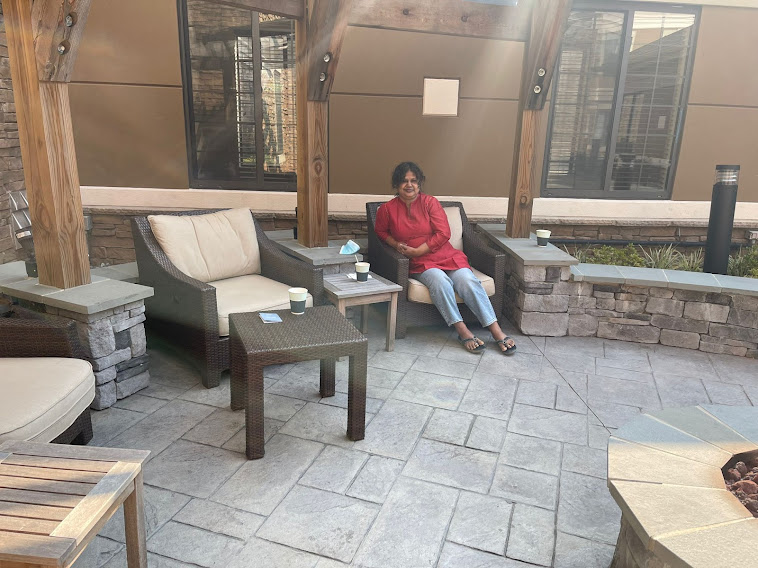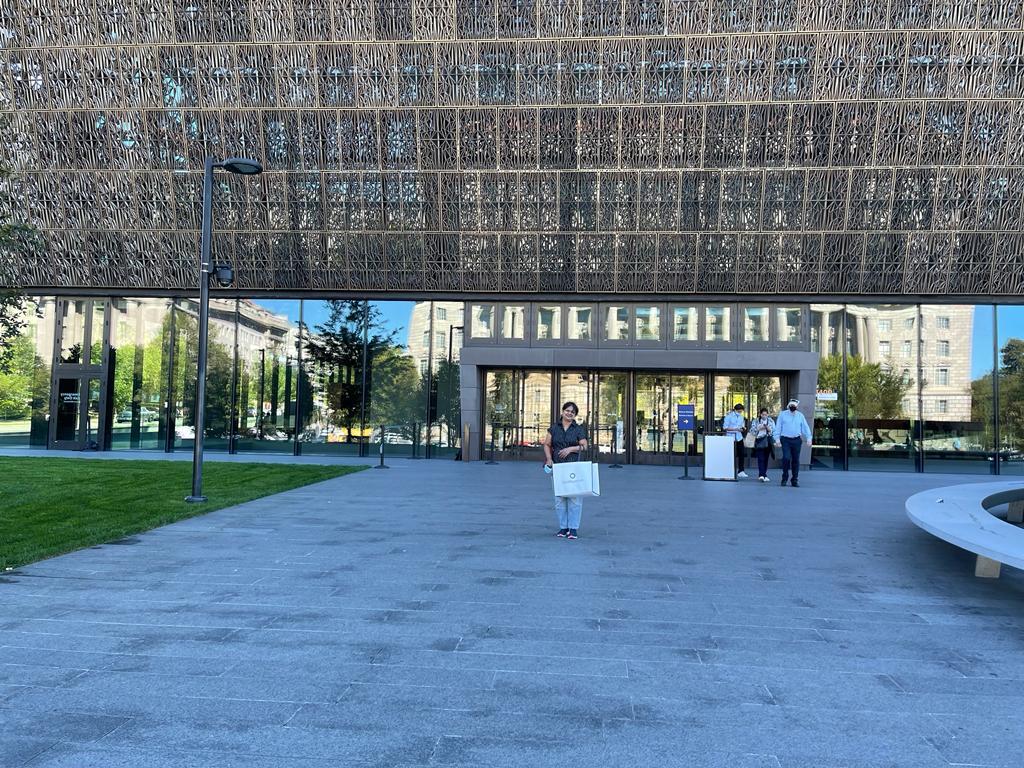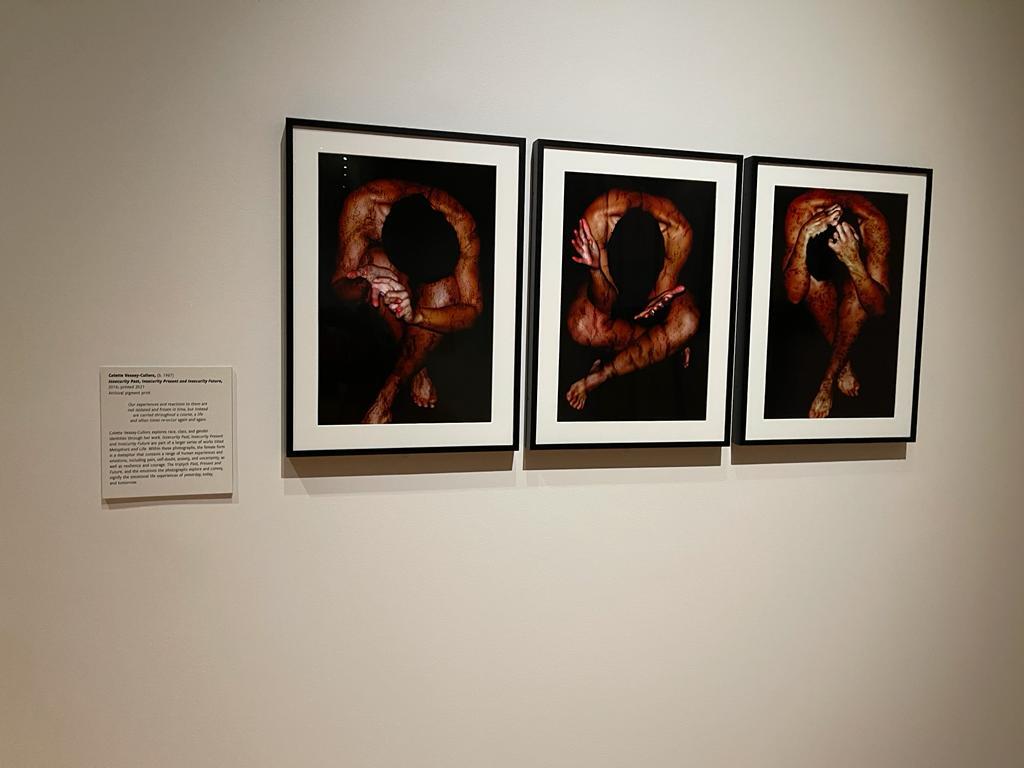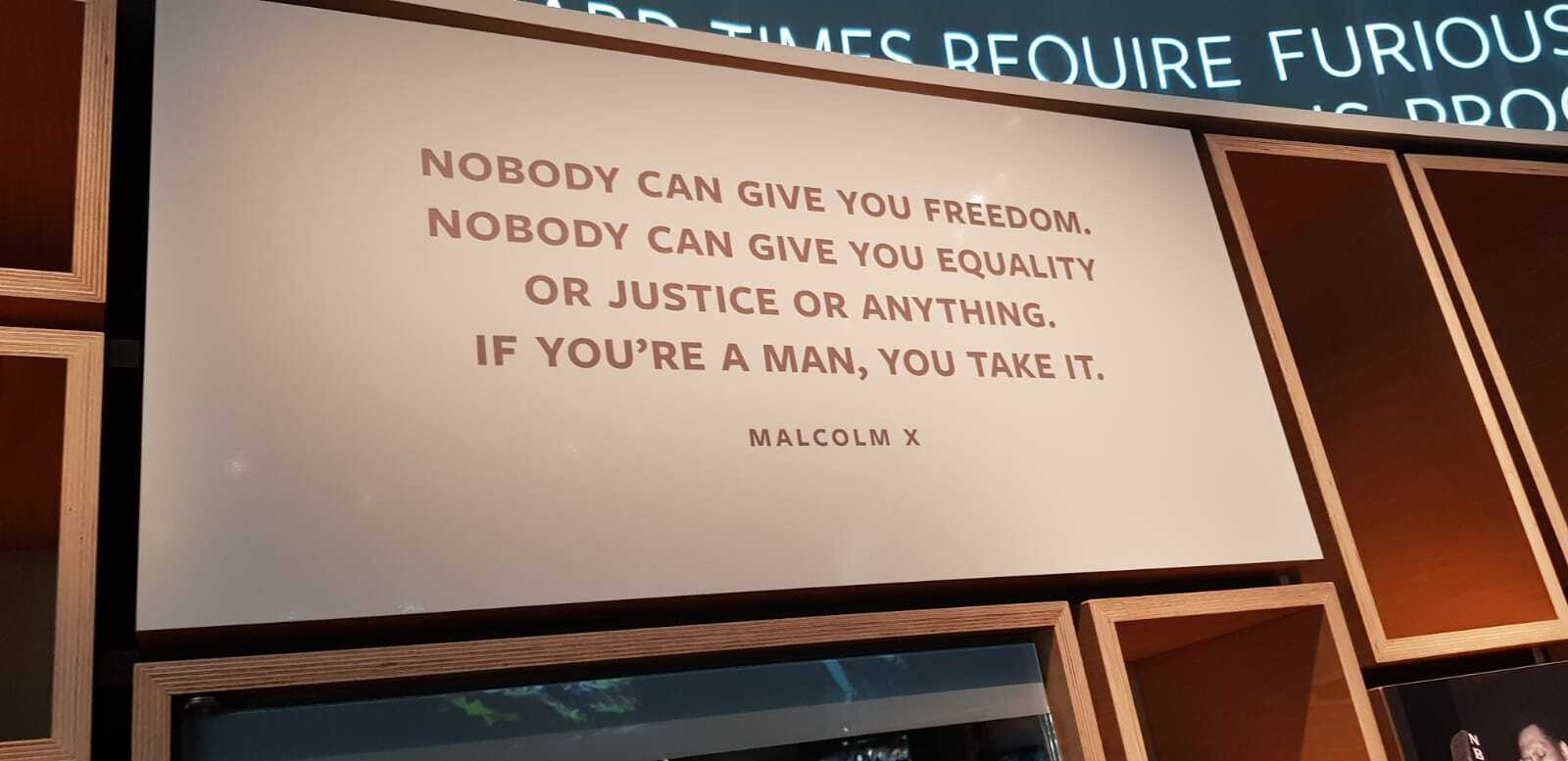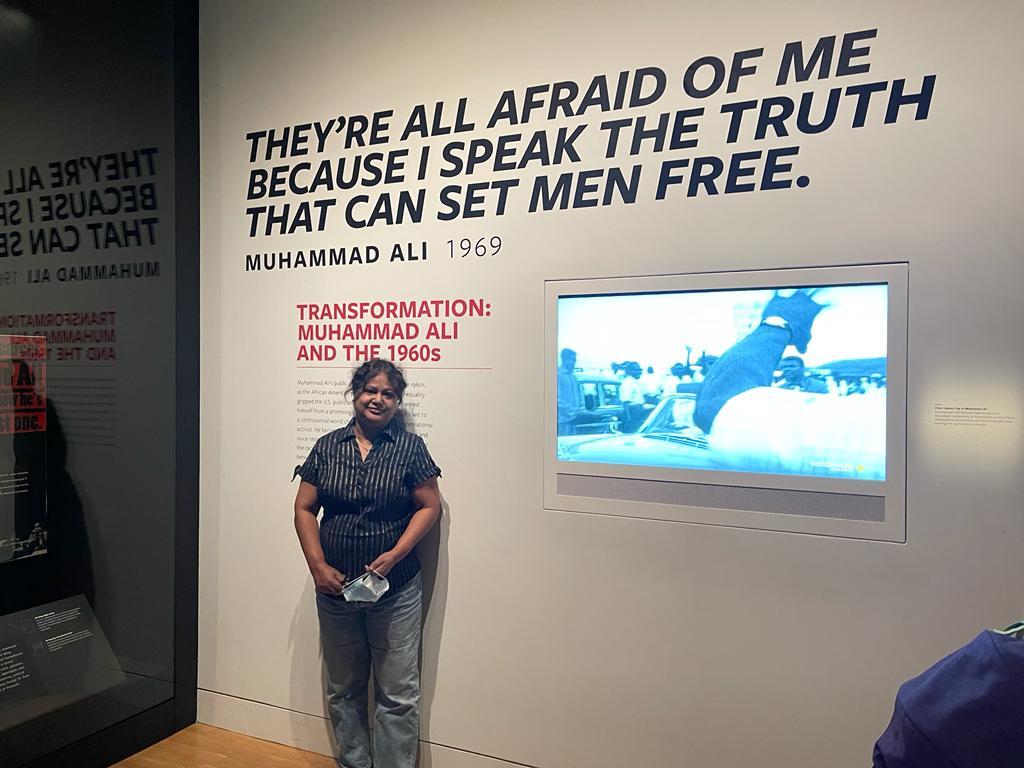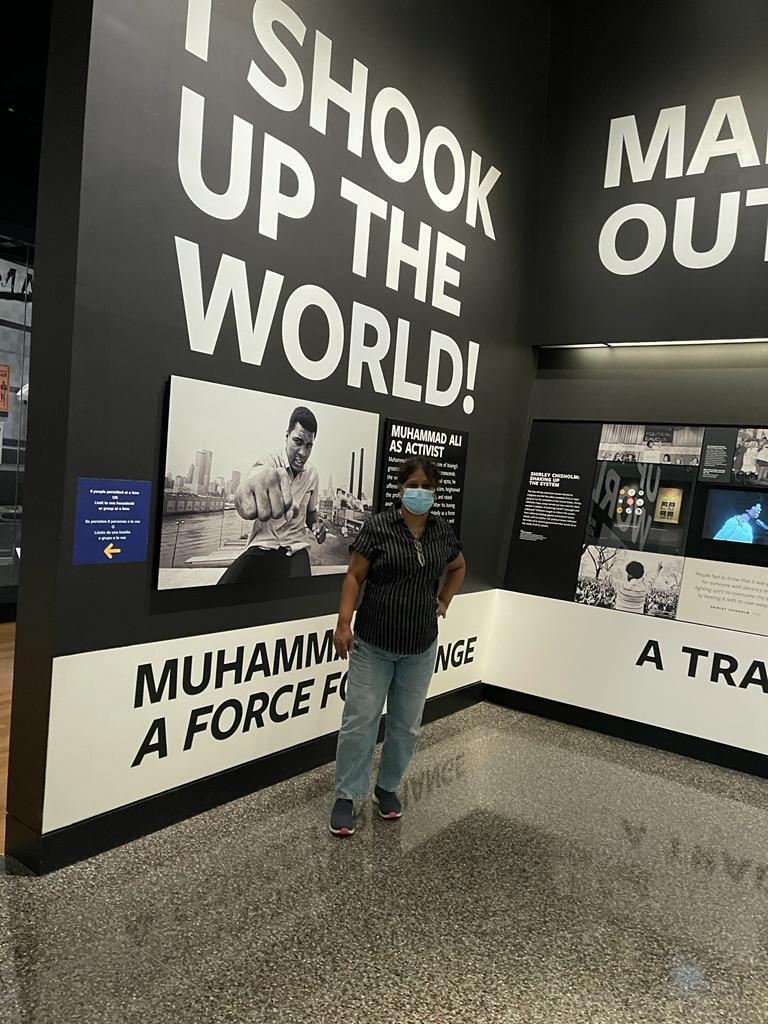stay unique, render yourself rare,
never the sheep, but the one herder
-Viji lol
A friend has been recommending to me ‘Sapiens’ for a long time now and I finally got to download it for reading. (A review will follow). In this context, this is what is playing in my mind regarding the future of Hindu Dharma right this moment.
Quality or Quantity, which is your picking. I am someone who has always been of the view that our parents generation enjoyed a superior standard of living than ours even though today we find ourselves in the digital age that we can credit with simplifying our lives like never before. Neanderthals and other humans no doubt exactly enjoyed a better quality of life in a very similar fashion as foragers and hunters over the agrarian Sapiens who then heavily industrialized. We the modern day homo sapiens found the safety in numbers but are we getting increasingly miserable or do we live life as contented as our uncivilized brutish ancestors.
Who made it most successful in evolution? Homo Sapiens of course, over other humans. And the staple cereal crops such as wheat and maize and paddy when it comes to vegetation. The domesticated cattle and sheep and donkeys and horses and dogs and poultry probably stood better chances at the outset outliving the species gone extinct like the megafauna that included mammoth, marsupial lion etc. But to what end? Is there a more heartwrenching story than that of the drought animals or the milch cattle or the broiler chicken?
This may have relevance to the future of Hindu Dharma in my opinion. So do we Hindus still have to bother about the Abrahamization of the entire world. Let others go on and multiply in exponential like rats and rabbits, if they have to. The Hindu population that has survived to 21st century always has had a quality to it incomparable to others. If we have to perish as a community, let us without losing our values. This is already happening to the Parsis in India and elsewhere as we know. This community will go down history as one of the finest to have ever graced earth with their presence. Without diluting their standards, the community is disappearing right in front of our eyes. Nonnegotiable value system. Highly innovative, enterprising and in service of mankind in their own way. Parsis leave their dead to the vultures as meal.
We Hindus in India, even if majority as of today, are aware, it is only a matter of a couple or more of general elections for our country to go to the dogs. This can happen when the Hindu population of the country may dip anytime under fifty percentage and we cease to be officially the overwhelming majority community. Mercifully this may not happen in my own lifetime or who knows it may happen towards the fag end of mine. In any case, Hindu Dharma could be doomed irrespective of the relentless efforts put in by the present BJP govt and the new age self-styled Hindu gurus. Yeah, kind of makes me sad. But at the same time, reading this book (of which i have not over 20% so far), I feel an overwhelming relief to know that, when we have to go, we have to go with a bang, having lived well. I don’t believe in numbers either. I would rather opt for quality over quantity.
The author of the book Yuval Noah Harari, Israeli, avers the rhinoceros in the wild, about to go extinct shortly, living it up in the bushes on freewill is still well placed than the lonely and miserable oxen emasculated and yoked to the plough for a lifetime. Is this how we must count success in our life? Is this how we have to define evolution? Should it even matter who outlives who. What matters is, who lives it out the best. Short and sweet.
Adaptability comes with its own set of flaws. Flexibility is not possible without sacrifice. Do we Hindus simply have to do the number calculation and see to that we survive at any cost. Or should we go down with the vessel honorably like the Parsis. I choose the Parsi way. Is it rather too early to talk on this? Nope. I guess, it is time we Hindus resign to the reality. What the turks and the moguls and the british could not do to us through eight to ten long centuries, our own converted brown Indians may be capable of doing in near future: drive us to extinction naturally or unnaturally.
Helps me to come to peace now thinking of this. I am ignorant, not at all the learned, but in my ignorance, I still choose the Elephant over Shiva if it comes to that. My love for nature and wildlife supersedes anything that I cannot physically access or assess. It is more important to me to live as a true Sanathana Dharmi, not snuffing out wildlife and championing over the helpless. There is not an urge to prove anything to anyone or substantiate this or that. Neither is there the arrogance of ‘knowing better’ for we know not a single human who has returned here from the yonder to spell it all out for us in all clarity and honesty.
When I toured the Turkish museum in Istanbul, I saw an array of spears and other arms and ammunition including weapons of torture used on capture of enemy kingdoms. The jewelry were plundered. So were the French museums filled with loot from invasions. The American museums related the slave history and that of the Indians ethnically cleansed in entirety. In contrast in the rudimentary Shivaji museum at Tanjore, Tamil Nadu, India, I saw pots from granaries, agricultural and art tools, rewards for peasants and poets, etc. Mysore palace museum showcased exquisite jewelry and finest oil paintings, all desi Indian. It is painful to see artefacts from India as exhibits in world museums, acquired illegally or taken forcibly as done by the British. In India, every single museum piece is self-made, local. I attribute Hindu ethos for this one distinguishing feature that sets us apart from the Abrahamic world.
A rich life is what I would say the Hindus have lived. India is Yoga Bhumi not Bhoga Bhumi like the US who choose material way of life over higher consciousness. We are still living among great Dravidian architecture temples in the south many of which are easily two millennia old. We practise the traditional arts and crafts cherished and passed on to us over centuries. Hindu culture is the only continuous native civilization surviving to this day since at least 10000 BC. A soft power gifting the world with Yoga and Meditation and Ahimsa, the principle of non-violence, propagating vegetarianism and having for our ambassadors our physicians and scientists and techies and teachers, India is Hindu by soul. Dharma is our breath. Buddhism and Jainism and Sikhism, the branching folds from Hinduism are all equally thought provoking and non aggressive by nature. We Hindus proudly strut in our native clothes, speak the native tongue, and why our Gods are native as well! What a profusion of local talent: from classical music and dance forms to visual arts. Our cuisine! Even Bollywood has carved a niche for itself in the entertainment industry. So much original, authentic. It would be a shame if Hindus perish off the face of earth, but then all good things will have to come to an end someday.
Or would we the Hindus:
- have a dozen kids just to boost our headcount
- invade or plunder as every abrahamic nation under the sky has historically done with insolent pride
- sell god door to door like carefree or harpic
- sow poison weeds of hatred in the hearts of our sons and daughters so they turn out terrorists
- live a low life sans art and culture
- ape west anglicizing ourselves
- surrender to materialistic aspirations, our souls
- embrace the abrahamic way of life
I would rather if Hinduism becomes a yearned memory some day rather than linger behind with a ruptured soul. The world then would have lost something too very profound and precious.
